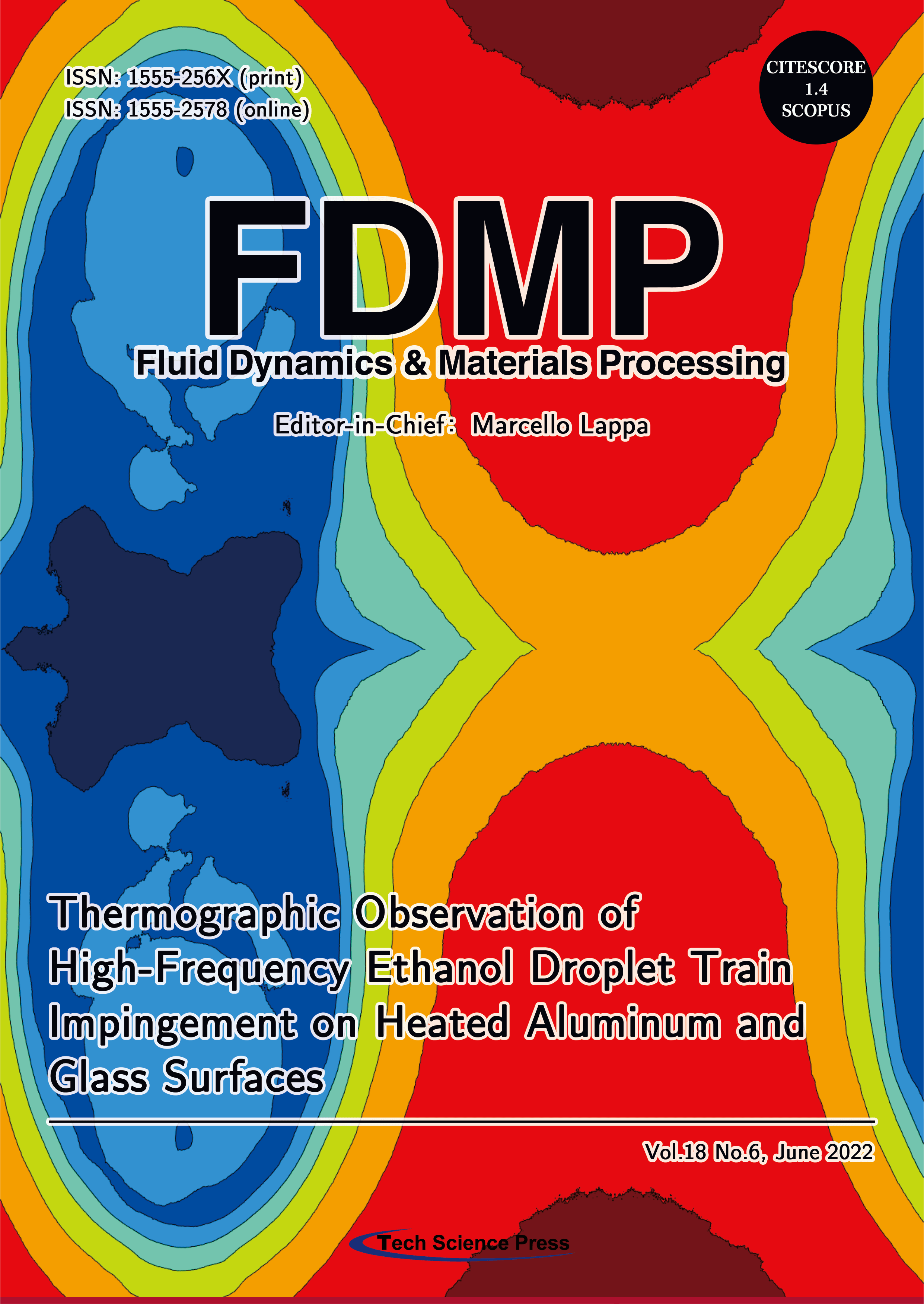
Droplet train impingement tests are generally conducted to mimic droplet-droplet and droplet-substrate interactions in advanced thermal engineering applications. In the presented study, experiments of such a kind are performed considering two target solid surfaces, namely, walls made of aluminium or glass, respectively. The related droplet spreading and splashing trends are investigated with a thermographic camera to shed some light on the thermal behaviours inside and outside of the droplet impact area for surface temperatures ranging between 140°C and 240°C.
View this paper